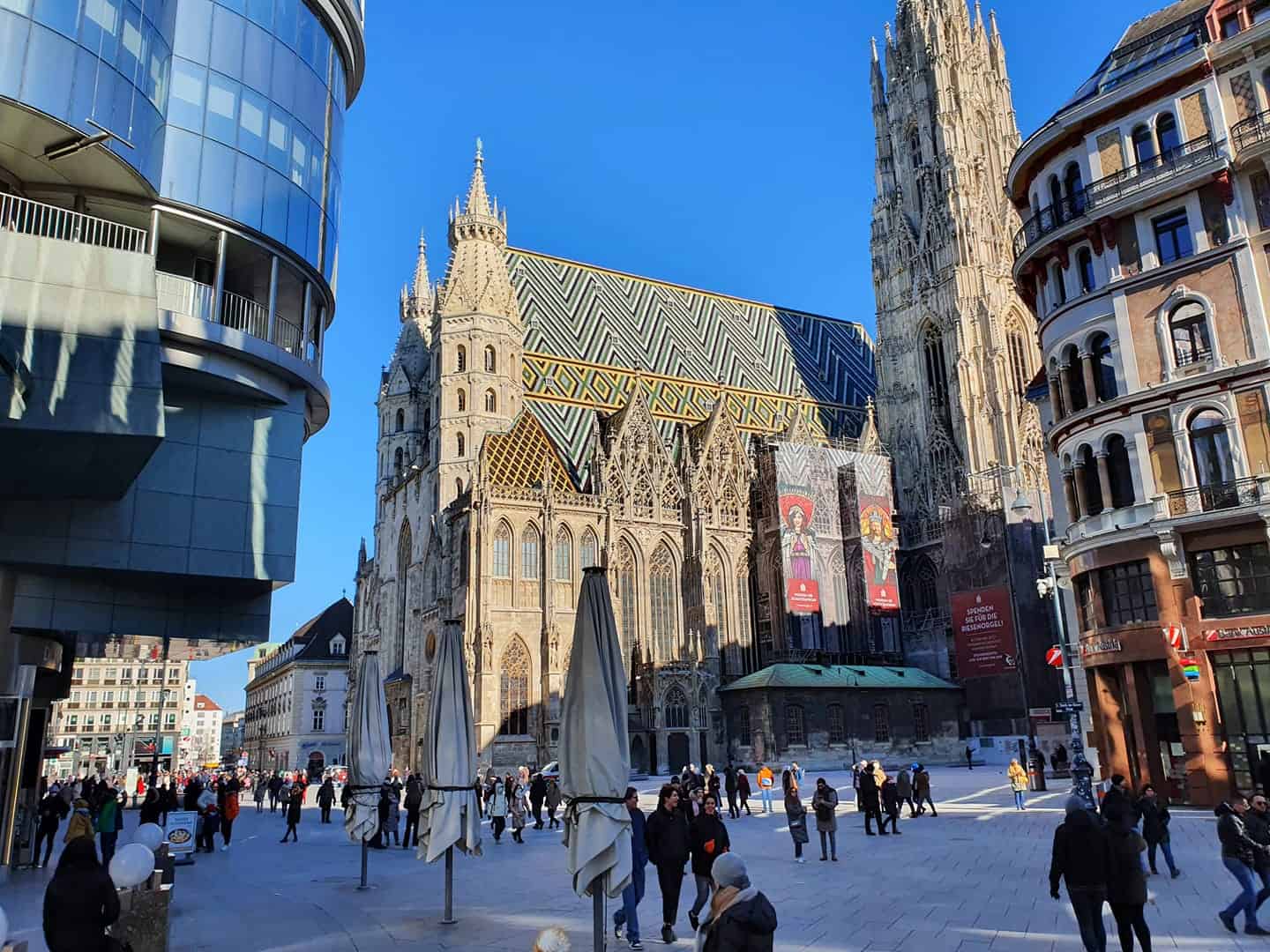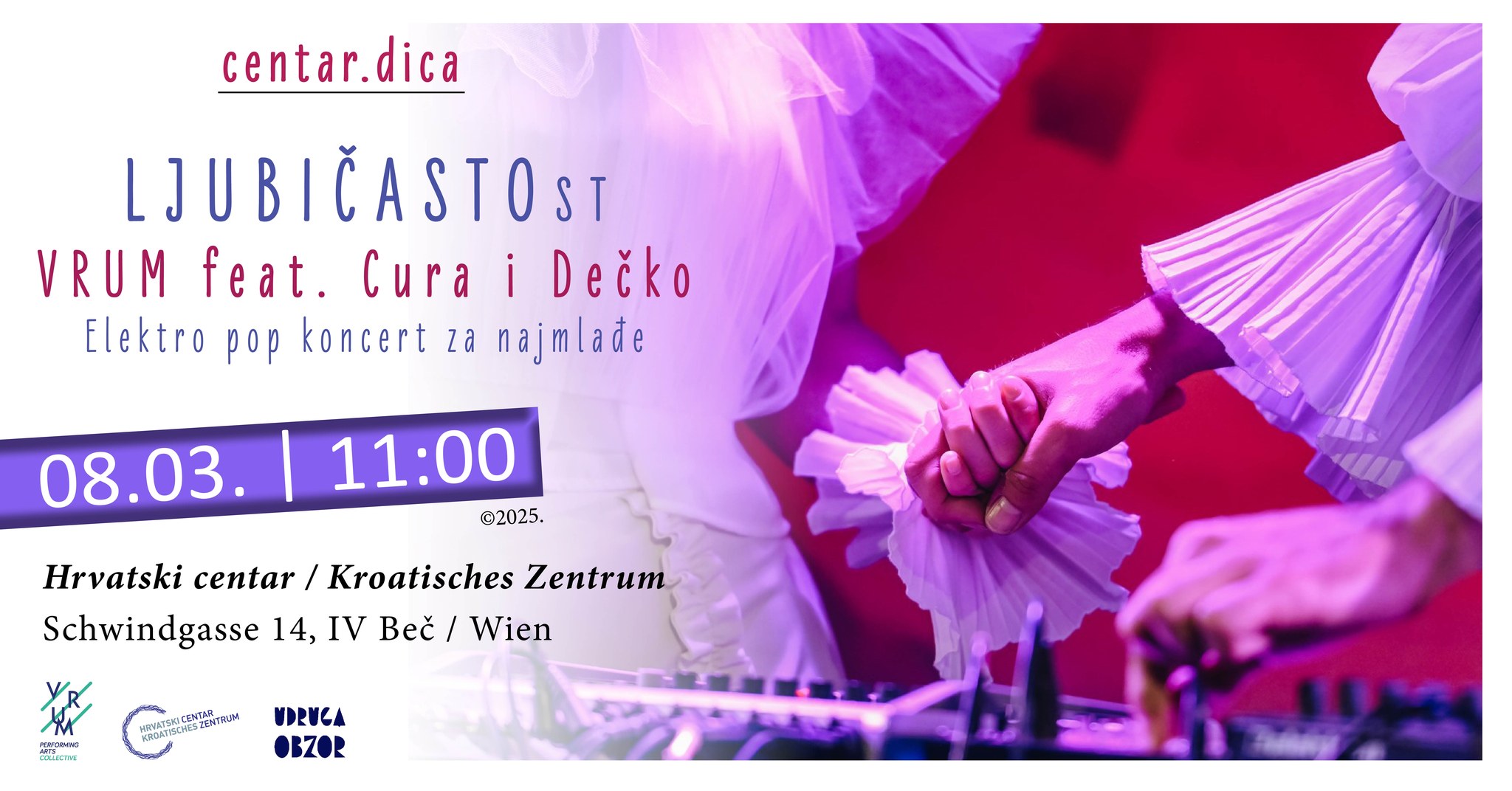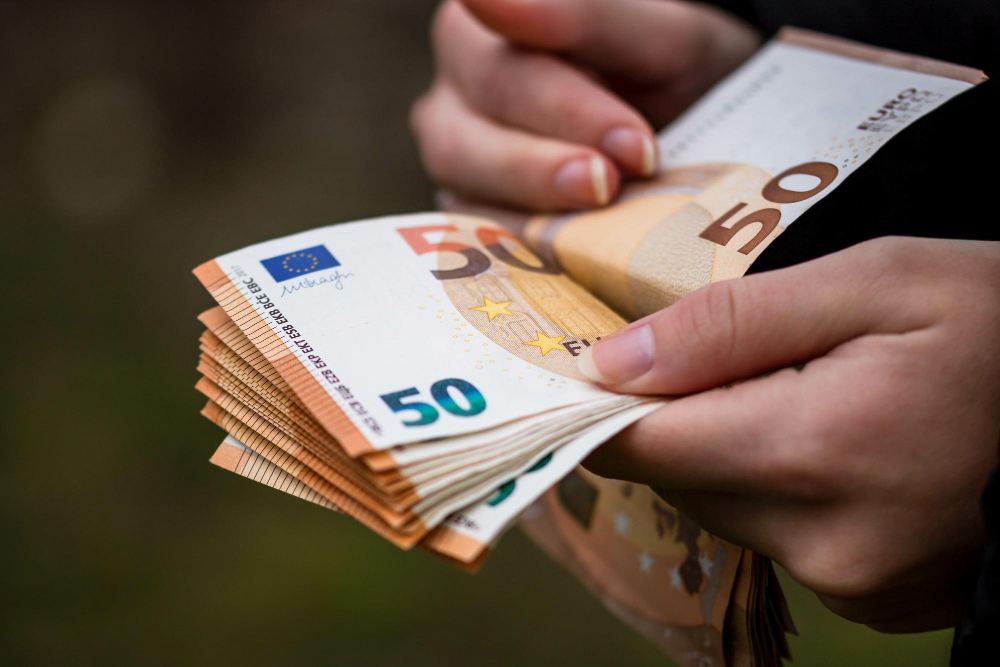Zanimljivosti
Stephansdom: A gothic Masterpiece in the heart of Austria

St. Stephen’s Cathedral, or Stephansdom as it’s known in German, is one of Vienna’s most iconic landmarks and a masterpiece of Gothic architecture. Situated in the heart of the city, this magnificent cathedral has been a symbol of Vienna for centuries, drawing visitors from around the globe with its rich history, stunning architecture, and spiritual significance.
Historical Background
The origins of St. Stephen’s Cathedral date back to the 12th century. The first church on this site was consecrated in 1147, during the time of Duke Henry II of Austria. However, the building we see today has evolved significantly over the centuries. Major reconstruction and expansion efforts in the Gothic style began in the 14th century under the auspices of Duke Rudolf IV, who laid the foundation stone for the current structure in 1359.
Architectural Highlights
One of the most striking features of St. Stephen’s Cathedral is its distinctive South Tower, known as “Steffl” to the locals. Standing at 136 meters (446 feet), it offers panoramic views of Vienna for those who are willing to climb the 343 steps to the observation deck. The tower was completed in 1433 and remains one of the tallest structures in Vienna.
In contrast, the North Tower, which was originally intended to mirror the South Tower, remains unfinished. Construction halted in 1511, and it was topped with a Renaissance-style dome in the 16th century. Despite its incomplete state, the North Tower houses the famous Pummerin bell, the largest bell in Austria.
The cathedral’s roof is another architectural marvel, adorned with 230,000 glazed tiles arranged in intricate patterns. The roof’s most notable feature is the double-headed eagle, the symbol of the Habsburg dynasty, which can be seen from afar.
Interior Splendor
Inside, St. Stephen’s Cathedral is just as awe-inspiring. The nave is adorned with soaring Gothic arches and stunning stained glass windows that date back to various periods of the cathedral’s history. The main altar, completed in 1647, is a magnificent example of Baroque art, while the Wiener Neustädter Altar, located in the rear of the cathedral, is a masterpiece of late Gothic design, dating from 1447.
The cathedral also houses numerous chapels and altars, each with its unique artistic and historical significance. The Chapel of the Cross, for instance, contains a 15th-century stone pulpit that is an exquisite example of Gothic craftsmanship. Additionally, the tomb of Duke Rudolf IV, known as “the Founder,” is located in the cathedral and is one of its many historically significant monuments.
Cultural and Spiritual Significance
St. Stephen’s Cathedral has played a central role in Vienna’s cultural and spiritual life for centuries. It has been the site of many significant events, including the wedding of Mozart in 1782 and his funeral in 1791. The cathedral also hosts numerous religious ceremonies and is the seat of the Archbishop of Vienna.
Each year, millions of visitors come to St. Stephen’s not only to admire its architectural beauty but also to experience its spiritual ambiance. The cathedral offers regular services, and its serene atmosphere provides a place for reflection and worship.
Preservation and Restoration
Preserving the beauty and integrity of St. Stephen’s Cathedral is an ongoing effort. Over the years, the cathedral has undergone numerous restoration projects to repair damage from wars, weather, and time. The most extensive restorations followed World War II, when the cathedral was severely damaged by bombings and subsequent fires. Today, ongoing maintenance ensures that this historic structure remains a beacon of Vienna’s cultural heritage.
Visiting St. Stephen’s Cathedral
St. Stephen’s Cathedral is open to visitors year-round. Whether you’re interested in exploring its architectural wonders, learning about its history, or attending a service, the cathedral offers a wealth of experiences. Guided tours are available, providing deeper insights into the cathedral’s art, history, and significance.
For those looking to enjoy a unique view of Vienna, the climb up the South Tower is a must. Additionally, the catacombs beneath the cathedral offer a fascinating glimpse into Vienna’s past, with guided tours revealing the burial sites of bishops, cardinals, and other notable figures.
St. Stephen’s Cathedral is more than just a religious site; it is a testament to Vienna’s rich history, artistic heritage, and enduring spirit. Whether you’re an architecture enthusiast, a history buff, or simply a traveler seeking to experience one of Vienna’s most beloved landmarks, a visit to St. Stephen’s Cathedral promises to be an unforgettable experience.

Zanimljivosti
Koncert za djecu i mlade neobičnog dua iz Zagreba u Beču

08.03.2025 / 11:00
VRUM Performing Arts Collective feat. Cura & Dečko: LJUBIČASTOst
Vanesa Petrac i Ivan Marojević, poznatiji kao elektro pop duo Cura & Dečko, izvode songove iz nagrađivane predstave Sanje Tropp Frühwald „LJUBIČASTO“, inspirirane klasikom “Romeo i Julija” Williama Shakespearea.
Naši glavni likovi, Mak i Iris žive na Đumbatronu, planetu prepunom mirisnog cvijeća i slasnih plodova drveća. No, oni se ne smiju sresti jer on pripada jednom plemenu, a ona drugom. On je jedne boje, ona je druge i – zajedno se ne smiju miješati! Ali oni to ne razumiju! Zašto se ne bi smjeli zajedno igrati? Penjati na stabla? Pjevati naopake pjesme? Plesati glupi ples? No Mak i Iris ne boje se i spremni su na sve, jer ih ljubav čuva!
Shakespeareovi junaci, Romeo i Julija, zbog ljubavi i nesporazuma umiru, a VRUMovi Mak i Iris vode nas na put cijelom galaksijom! Tijekom te avanture uče nas o svijetu, o odnosima i osjećajima, o nepoznatim i drugačijim mjestima, o stranim bićima i njihovim običajima.
I da stvari nisu uvijek crno-bijele, one su ponekad i LJUBIČASTE!
Ovu nekonvencionalnu glazbu Hrvatski Centar Assitej 2023. godine proglasio je najboljom glazbom u predstavama za djecu i mlade u Hrvatskoj.
Autori glazbe: Vanesa Petrac i Ivan Marojević Rojla (Cura & Dečko)
Autorice teksta: Vanesa Petrac i Maja Katić
Autorica projekta: Sanja Tropp Frühwald
08.03.2025 / 11:00
VRUM Performing Arts Collective feat. Cura & Dečko: LJUBIČASTOST
Vanesa Petrac und Ivan Marojević, bekannt als das Electro-Pop-Duo Cura & Dečko, präsentieren Songs aus der preisgekrönten Inszenierung LJUBIČASTO von Sanja Tropp Frühwald, inspiriert von William Shakespeares Klassiker Romeo und Julia.
Unsere Hauptfiguren, Mak und Iris, leben auf Đumbatron, einem Planeten voller duftender Blumen und köstlicher Früchte. Doch sie dürfen sich nicht begegnen, denn er gehört zu einem Stamm, sie zu einem anderen. Er hat eine bestimmte Farbe, sie eine andere – und sie dürfen sich auf keinen Fall vermischen! Aber sie verstehen das nicht! Warum sollten sie nicht zusammen spielen? Auf Bäume klettern? Verkehrte Lieder singen? Einen verrückten Tanz tanzen? Mak und Iris haben keine Angst und sind zu allem bereit, denn die Liebe beschützt sie!
Shakespeares Helden, Romeo und Julia, sterben aus Liebe und Missverständnissen, doch VRUMs Mak und Iris nehmen uns mit auf eine Reise durch die ganze Galaxie! Auf diesem Abenteuer lernen sie – und wir mit ihnen – über die Welt, Beziehungen und Gefühle, über fremde und andere Orte, über unbekannte Wesen und ihre Bräuche.
Und dass die Dinge nicht immer nur schwarz-weiß sind – manchmal sind sie auch LILA!
Diese unkonventionelle Musik wurde 2023 vom Kroatischen Assitej-Zentrum als beste Bühnenmusik für Kinder- und Jugendtheater in Kroatien ausgezeichnet.
Musik: Vanesa Petrac und Ivan Marojević Rojla (Cura & Dečko)
Text: Vanesa Petrac und Maja Katić
Projektidee: Sanja Tropp Frühwald
Podupiranja / gefördert von: BKA Volksgruppen, BMBWF, MA7, Središnji državni ured za Hrvate izvan RH, Ministarstvo kulture RH
Foto: Siniša Sović / VRUM performing arts collective
Zanimljivosti
Dvoje sretnika u Austriji osvojilo po čak 890.000 eura

Dvojica sretnika su na izvlačenju lota prošle srijede pogodila jackpot na šestercu – dolaze iz Vorarlberga i Beča.
Pet dobitaka, pet pokrajina: Na izvlačenju prošle srijede bilo je nekoliko značajnih dobitaka, koji su se rasporedili na točno pet saveznih država. Dvojici sudionika uspjelo je pogoditi jackpot na šestercu i osvojiti više od 890.000 eura svaki.
Jedna od šestica pogođena je u Vorarlbergu s drugim od tri Quicktip-a, dok je drugi bila u Beču, gdje je na običnom tiketu, treći od osam tipova, bilo označeno “šest točnih brojeva”.
Također, bilo je tri dobitna petera s dodatnim brojem, svaki za više od 35.000 eura, a jedan je bio u Štajerskoj s sustavom 0/07, dok su ostala dva ostvarena u Salzburgu i Koruškoj – oba putem Quicktipp-a.
Lotto dobitni brojevi: 1, 6, 24, 28, 34, 44, dodatni broj 38
Na LottoPlus izvlačenju nije bilo šestice. Tako je iznos za šestere podijeljen na petice, pa je 35 sudionika osvojilo više od 8.000 eura svaki. Za sljedeći LottoPlus šester očekuje se oko 200.000 eura.
Zanimljivosti
“Opasnost za zdravlje”: Iz prodaje povučena jedna vrsta tzv. “Dubai čokoloade”

Zbog nedeklariranih alergena, proizvođač povlači popularnu čokoladu iz Dubaija koja se prodavala online i u trgovinama.
Tvrtka Artis GmbH objavila je opoziv proizvoda “Miskets Dubai Chocolate” jer je u jednoj od analiza otkriven sezam, koji nije bio naveden na popisu sastojaka ni u alergenskim upozorenjima.
Koji proizvod je pogođen?
Radi se o “Miskets Dubai Chocolate” s rokom trajanja 09.11.2025. i oznakom serije L: 24314\1.
Gdje je proizvod prodavan?
Čokolada je bila dostupna u trgovinama i putem online shopa www.candy2go.de.
Kome proizvod predstavlja rizik?
Internetska trgovina Candy2go.de upozorava na moguću opasnost za zdravlje isključivo za osobe alergične na sezam. Kupcima s ovom alergijom savjetuje se da ne konzumiraju proizvod.
Mogućnost povrata
Kupci mogu vratiti proizvod u trgovinu gdje su ga kupili ili ga reklamirati online, uz puni povrat novca, i to bez obveznog predočenja računa. Za osobe koje nisu alergične na sezam, proizvod je siguran za konzumaciju.
Kontakt za korisnike
Proizvođač je uspostavio službu za korisnike. Dodatne informacije dostupne su putem info linije 0176/60366629 (radno vrijeme: 10:00 – 17:00) ili na službenoj stranici www.candy2go.de.



